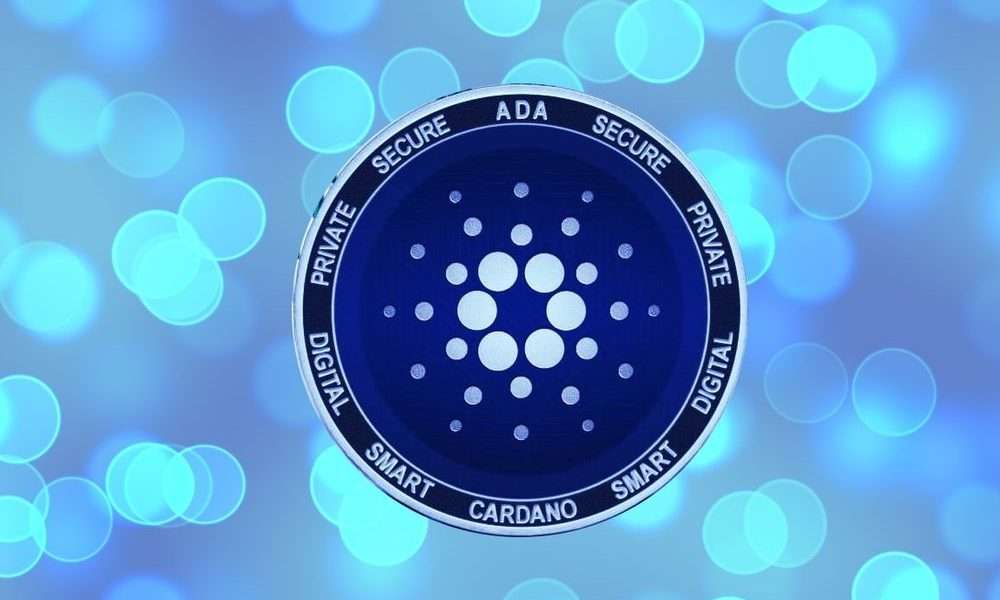- Hydra is a suite of protocols designed to generalize multi-party state channels on Cardano in an isomorphic fashion.
- Hydra protocols have been put to the real test by the SundaeSwap Labs, through a public demo late last year.
The Cardano (ADA) has remained in the top ten most valuable digital assets by market capitalization in the past few years. Despite the effects of the 2022 crypto bear market, the Cardano ecosystem has managed to attract more Web3 developers over time. According to the latest DeFi update, the Cardano ecosystem has a total value locked (TVL) of about $140 million.
However, the emergence of blockchain interoperability has encouraged most chains to work on their scalability. Furthermore, DeFi developers are more increase in scalable, cheap, and secure transactions to ensure sustainable growth prospects.
Cardano Builds on Hydra
In order to remain competitive among other smart contract blockchains, the Cardano network developed the Hydra Protocols, a scalability solution that was engineered by a joint effort from the Cardano Foundation and IOG. Popularly known as Hydra, the layer-2 scaling solution intends to facilitate mainstream DeFi adoption.
In the latest developments, Sebastian Nagel, a freelance software engineer working on Cardano’s Hydra layer two scaling solution announced the launch of version 0.10.0.
🐲 0.10.0 is out!
After demonstrating Hydra heads on the Cardano mainnet in recent monthly review sessions, we have released the first mainnet compatible version of hydra-node today.
Check out the full release notes over here:https://t.co/Kl3KTyVnSX
— Sebastian Nagel (@ch1bo_) May 11, 2023
Nagel noted that the developers have put in a lot of effort to ensure mainnet compatibility, particularly on API.
“Quite a bit work went into this one and besides mainnet compatibility, we updated the API to accommodate for a first round of user requests,” Nagel noted.
Notably, the release of hydra-node is publicly available on the input-output GitHub account. This allows core developers to spot issues with the source code before releasing it for the mainnet use. Moreover, Hydra is a suite of protocols meant to generalize multi-party state channels on Cardano in an isomorphic fashion.
The Hydra Head is the main protocol with a group of online representatives to keep the UTxO transactions evolving. On the other end is a Hydra tail that does not require online participants. Instead, the Hydra Tail operates as a server, which is always online and responsive, with many clients, which are typically offline.
By enabling multi-communication between the Hydra head and the tail, the Cardano network is able to scale its transaction throughput while simultaneously supporting smart contracts.
Meanwhile, the Hydra core developers have encouraged the Cardano community to offer new ideas that can be added to enhance the layer-2 scaling solution.
While we are already started work on some of the items queued for 0.11.0 on our roadmap (https://t.co/V88Q6N7fKX), we always like to hear from our users about new ideas or features we should prioritize higher! Reach out on Discord or comment & upvote items on Github. 🚀
— Sebastian Nagel (@ch1bo_) May 11, 2023
Indeed, the Hydra protocols have been put under real test by the SundaeSwap Labs, through a public demo late last year.
Market Outlook
The Cardano ecosystem has grown to a $16.3 billion FDV blockchain network. According to on-chain data from Tokenview, the Cardano blockchain has about 325k holders who have performed about 11.8 million transactions. Nevertheless, the active addresses in the Cardano network are less than 60k, thus making the introduction of Hydra scaling solutions a crucial step to achieving 1 million TPS.




